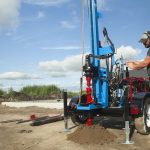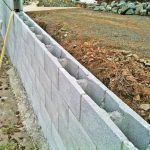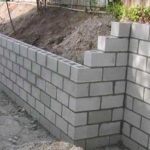Fill material is an earth-based material used to fill in a hole or depression created during site development. In addition to filling, the material can expand and create an artificial mound, a grade, or an elevation change, among other desired features. This article discusses the types of fill material, construction considerations, and transport considerations.
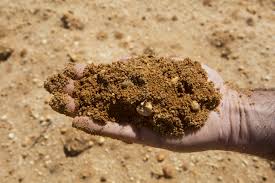
Types of Fill Material
Fill material is an essential aspect in assuring a quality project, executed to specifications. This holds true whether the project involves earth foundation work, construction, or erecting a retaining wall designed to resist a certain equivalent fluid pressure. Compaction, foundations, and drainage are all affected by various fill materials, each with its own set of advantages and drawbacks. The following are some of the most common filling materials:
Coarse-Grained Soil
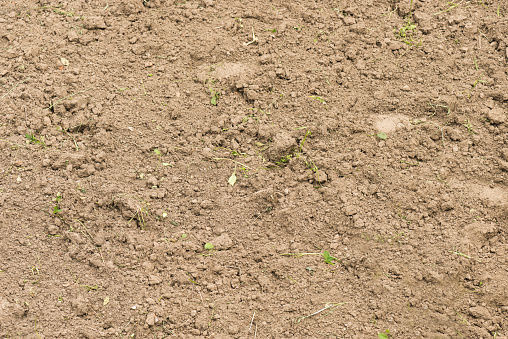
Large-grained materials mix with coarse-grained soil, a more frequent fill material. Fill materail may comprise predominately of sand, gravel, or a combination of both. This fill material suits applications that require foundational strength and compaction but don’t want to sacrifice drainage.
Fine-Grained Soil
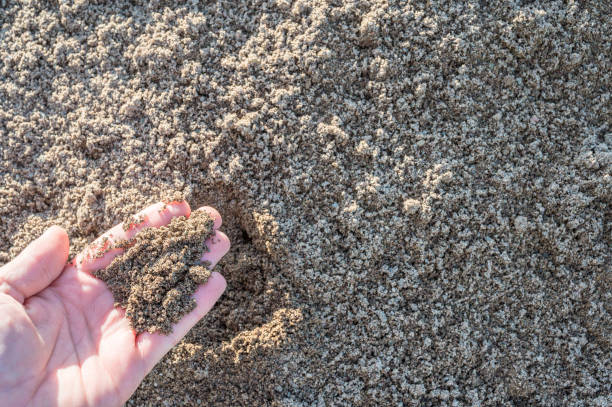
Fine-grained soil has been popularized in the building industry due to its distinctive features, even though it is not as common as coarse soil. Due to its fine grain, this fill material provides excellent compaction and foundational properties. Consequently, fine-grained soil should not be utilized for applications that require specific drainage requirements.
Rock
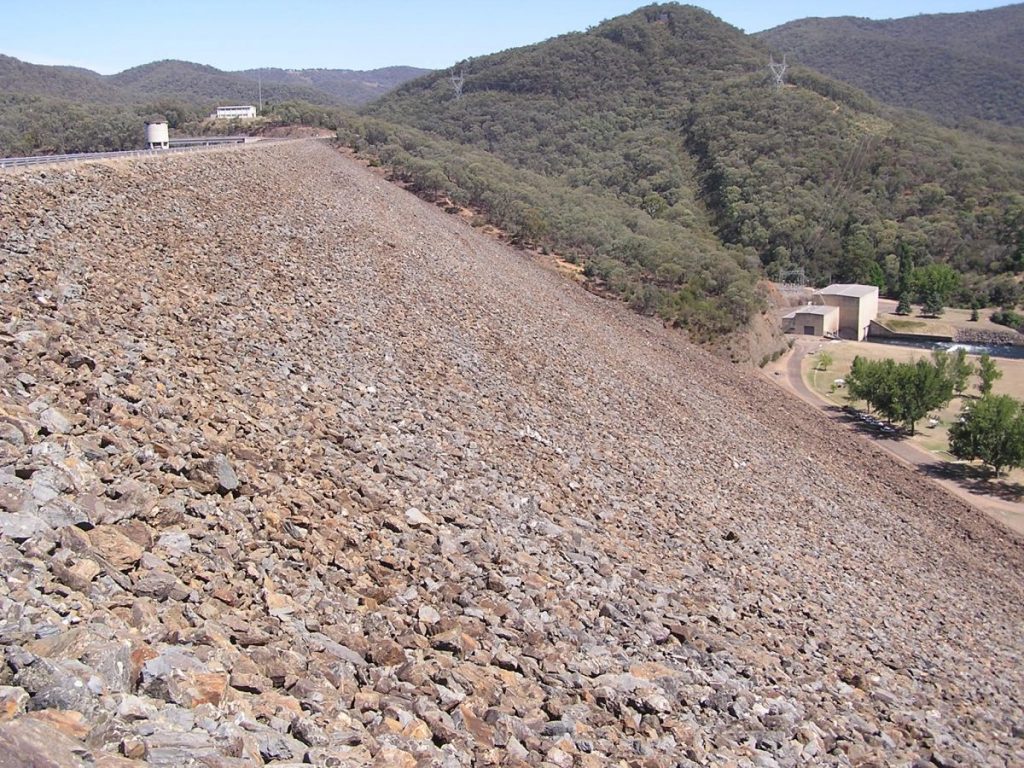
More notably known as ‘crushed’ rock or stone, rocks provide another typical fill material. Rocks work well as a fill material where drainage is a priority. Rocks and stones see common deployment in drive surfaces and erosion control.
Commercial Byproducts
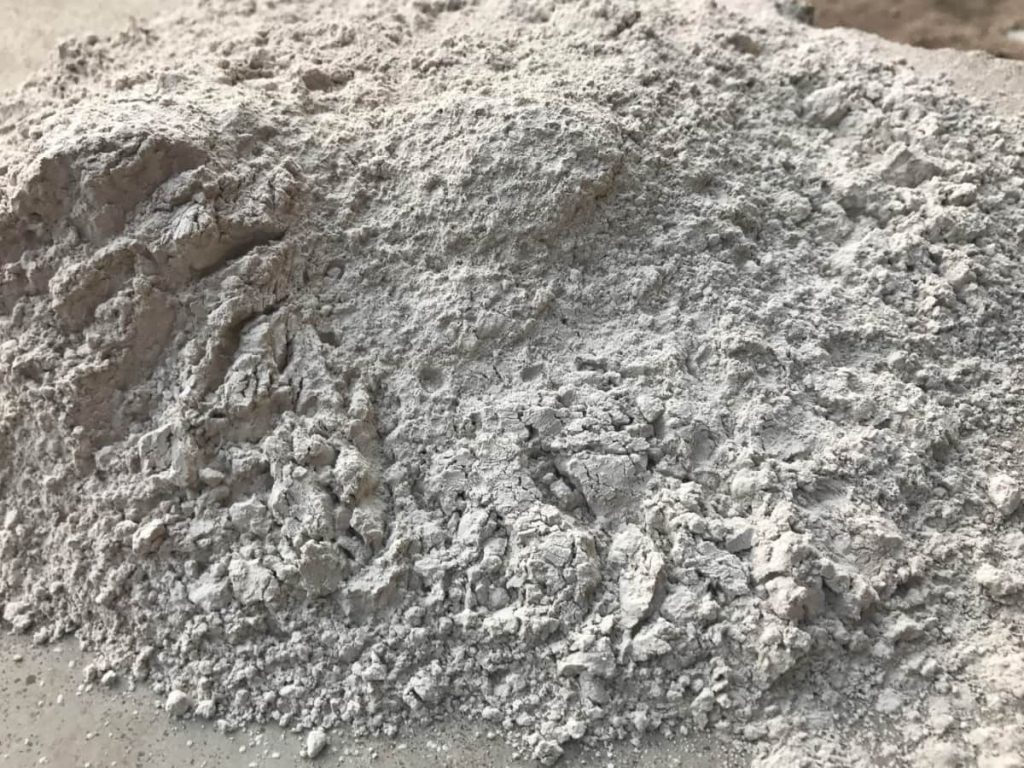
When the natural filler isn’t available, a few commercially manufactured materials can be of service. Many distinct varieties occur in nature and can be specified depending on compaction and drainage requirements. In addition to being lightweight, slag and ash also blend with clay to create a highly plastic fill material.
Construction Considerations
Washout Concerns
Before introducing fill material, site engineers must comply with all relevant civil engineering standards for all clearing, grubbing, demolition, excavation, and removal of topsoil. Fill compacting should occur layer by layer to ensure compliance with client specifications and regulatory codes. Proper fill usually requires earthwork equipment. When such equipment is unavailable, the fill material must be pack with approved manual, or mechanical backfill tampers. During compaction, the materials should be damp but not wet.
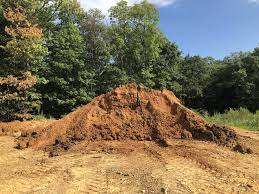
Materials like sand, dirt, and rock that create these compact foundations are known as compactable fill. In addition, concrete slabs can be build only when the filling of the land controls tightly. This is name as ‘controlled fill,’ it indicates that the fill material has been carefully select and compacted according to AS 2870’s guidelines. The advantage of a slab on fill is that it does not require expensive foundations. It is a cost-effective solution. However, depending on ground conditions and required life load, it may not be possible to achieve sufficient strength and homogeneity of soil to ensure the stability of the slab.
Compressibility Calculations
Compressibility measures the ability of a substance to contract due to escaping air and/or water from voids under the effect of pressure. When a soil mass subjects to a compressive force, its volume decreases, i.e., giving the amount of settlement. The property of the soil in which a decrease in volume occurs under compressive strength, known as compressibility of soil. The soil compression can occur due to reducing solid particles and water in the voids, compression, and expulsion of air in the gaps.
Transport Considerations
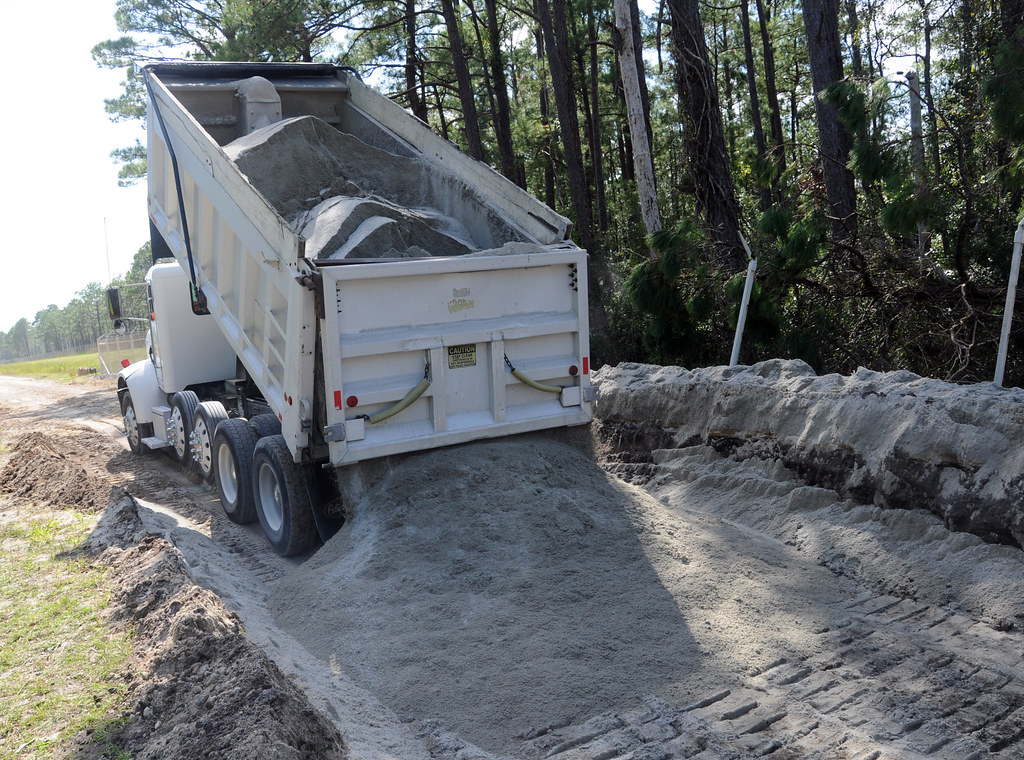
When laying and compacting backfill, it must be free of pebbles, frozen material, lumps, wood, or any other undesirable material. It is not recommendable that backfill material applies to a hard surface. Because fill dirt typically provides foundation support or leveling, it requires densely packing and no empty space brought on by organic matter decomposition.
Engineers shall approve an appropriate spot for stockpiling backfill material. The following are some examples of undesirable areas, but they are not exhaustive:
- in the flood plain
- on the edge of an embankment creating slope stability issues
- locations are impeding sightlines of the traveling public through or around the site.
In the event of a freeze, contractors must keep all backfill material from freezing until an engineer approves its placement. Backfilling in the rain can help with compaction by moistening the soil, but it’s not a wise idea if the rain is heavy. Heavy downpour jeopardizes crew safety and creates a muddy mess. Backfilling modest projects like a pond or trench can occur in light precipitation.
